- Home Page
- Company Profile
-
Our Products
- Fire Suppression Systems
- Hfc227ea Clean Agent Fire Extinguishers
- Hfc 227ea Auto Fire Extinguishing System
- Dual Agent Retardant fire Suppression System
- Fire Suppression For Power Generators
- Hfc 227ea Based Fire Suppression System
- Aerosol Fire Suppression System
- Mild Steel Novec 1230 Fire Suppression System
- FM200 Fire Suppression System
- Modular Clean Agent HFC236fa Extinguishers
- Direct Tube Based Fire Suppression System
- Wind Turbine Fire Detection and Suppression System
- High Voltage Transformer Fire Suppression System
- Novac 1230 Fire Flooding Systems
- Cylinder Less Tube Based Fire Detection Suppression Systems
- Carbon Steel Fm 200 Fire Suppression System
- Novec 1230 Clean Agent Suppression Systems
- Heat Sensing Tube
- Car Fire Protection System
- Novec 1230 Flooding System
- Fire Extinguishing System For Electrical Cabinets
- Clean Agent Fire Suppression System
- FK 5112 Suppression System
- Hfc227ea Total Flooding System
- Vehicle Fire Protection System
- Clean Agent Cylinderless System
- Clean Agent Cylinderless System for Car
- Aerosol Based Fire Suppression System
- Clean Agent Fire Suppression System for Wind Turbine
- Fire Trace System
- Novec 1230 Fire Suppression System
- Bus Engine Fire Protection System
- SEVO Tubing Suppression System
- Heavy Vehicle Fire Suppression Systems
- Fire Detection And Fire Suppression System
- Vehicle Fire Suppression System
- Fire Sprinkler System Installation Service
- Pre Engineered Fire Suppression System
- Server Rack Fire Suppression System
- Fire Suppression System (Capacitor Panel)
- Mild Steel Fire Suppression Systems
- Electrical Panel Detection Suppression System
- Fire Detection Tube Suppression System
- Fire Extinguishing System For Electrical Panel
- Electrical Panel Gas Suppression System
- Novec 1230 Fire Suppression System for Industrial
- Fm200 Gas Based Fire Suppression Systems
- FM200 Gas Based Fire Suppression Systems For Wind Turbines
- Novec 1230 Fire Gas Suppression System For Electrical Panel
- Tube Based Fire Suppression System
- Novec 1230 Fire Extinguishing System
- Novec 1230 Gas Suppression System For Wind Turbine Fire Suppression System
- Nitrogen Injection Transformer Fire Protection System
- Electrical Panel Fire Suppression System
- Dual Agent Retardant Fire Suppression System
- Diffusible FE36 Fire Suppression System
- Hazardous Cabinets Fire Suppression System
- Chemical Fire Suppression Systems
- Nitrogen NITFP System
- Automatic Fire Detection and Suppression System
- Novec 1230 Fire Suppression Systems
- Fire Suppression For Wind Turbines
- Bladder Tank Proportioning System
- Electrical Panel Fire Suppression
- Fk 5112 Fire Suppression System
- Fire Extinguishing Systems
- Fire Alarms And Detection Systems
- Digital Addressable Fire Alarm System
- Addressable Fire Alarm System
- Conventional Fire Alarm System
- UV IR Flame Detector
- Agni Sounder Hooter
- White Addressable Duct Detector
- Aspirating Systems Smoke Detectors
- Fire Alarm System Amc Service
- Agni Addressable Security Fire Alarm
- Fire Detection And Fire Alarm System
- Uv Ir Flame Detector System
- Ravel 2 zone Conventional Fire Alarm System
- Addressable Photoelectric Duct Detector
- Fire Alarm Sounder
- Fire Response Indicator
- Vesda Aspirating Smoke Detection System
- 4 Zone Addressable Fire Alarm System
- Ravel 4 zone Conventional Fire Alarm System
- Fire Detection Fire Alarm System
- Co2 Flooding/Suppression System
- High Pressure Co2 Automatic Fire Extinguishing System
- Automatic Co2 Flooding System
- Co2 Cylinder Fire Suppression System
- Co2 Gas Fire Suppression System
- ELECTRICAL PANEL CO2 FLOODING SYSTEM
- Gas Based Co2 Flooding System
- CO2 Suppression System
- CO2 Fire Flooding
- Automatic CO2 Flooding System
- Automatic Pipeline Co2 Fire Suppression System
- Co2 Based Fire Suppression Systems
- Co2 Fire Flooding System
- In Direct CO2 Flooding System
- Automatic Pipeline CO2 Fire Suppression System
- Co2 Fire Suppression System
- Passive Fire Protection
- Fire Extinguishers
- Automatic Ceiling Mounted D Type Fire Extinguisher
- Twin Trolley Type Fire Extinguisher
- Clean Agent Type Fire Extinguisher
- Co2 type fire Extinguisher
- Co2 Fire Extinguisher Refilling Service
- Amc For Fire Fighting System
- Mild Steel Wet Chemical Fire Extinguisher
- Carbon Steel Abc Fire Extinguisher
- Water Spray Sprinkler Systems
- Kanex Fire Extinguishers
- Fe36 Clean Agent Fire Extinguisher
- Modular Dry Chemical Powder Extinguishers
- Kitchen Fire Suppression System
- Kitchen Hood Fire Suppression System
- Kitchen Fire Suppression System
- Kitchen Fire Extinguisher
- Mild Steel Kitchen Fire Suppression
- Automatic Kitchen Fire Extinguishing System
- kitchen Nozzle Fire Suppression System
- Restaurant Kitchen Fire Suppression System
- Fire Suppression System For Commercial Kitchen
- Commercial Kitchen Fire Suppression System
- HW & MV Fire Protection System
- Transformer Fire Protection System
- Commercial Gas Leak Detector
- Medium Velocity Water Spray System (MVWS)
- Transformer Fire Prevention System
- Transformer Fire Suppression Systems
- Conveyor belt system fire protection system
- Nitrogen Injection Fire Protection System For Transformer
- High Velocity Water Spray System (HVWS)
- Fire Suppression Accessories
- Fire Hydrant System
- Clean Agent Gas Refilling
- Fire Fighting Foams
- Smoke Detector
- Ravel Beam Smoke Detector
- Addressable Photoelectric Smoke Detector
- Fire Alarm Addressable Smoke Detector
- Addressable Smoke Detector
- Battery Addressable Smoke Detector
- Polycarbonate Smoke Detector
- Agni Smoke Detector
- Conventional Optical Smoke Detectors
- Addressable Duct Smoke Detector
- Agni Wireless Smoke Detector
- White Polycarbonate Smoke Detector
- Manual Call Point
- Fire Retardant Fabric
- Fire Alarm Control Panel
- Heat Detector
- Beam Detectors
- Fire Door
- HW&MV Fire Protection
- Fire Cable Coating
- Fire Cable
- Public Address Systems
- Hydraulic Hose
- Fire Suppression Systems
- Contact Us
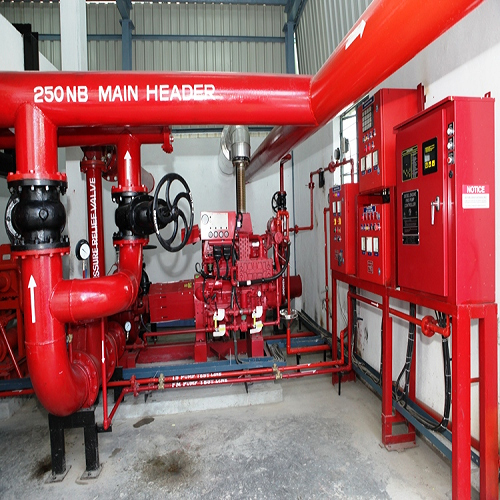

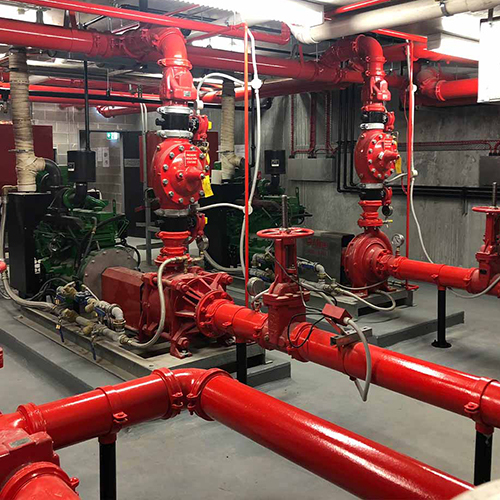
Fire Hydrant System
150000 INR/Unit
Product Details:
- Warranty 1 Year
- Frequency 50 Hertz (HZ)
- Color Red
- Material Mild Steel
- Product Type Fire Hydrant System
- Application Industrial, Commercial
- Click to view more
X
Fire Hydrant System Price and Quantity
- 1 Unit
- 150000 INR/Unit
Fire Hydrant System Specification
- Red
- Fire Hydrant System
- Industrial, Commercial
- Mild Steel
- 1 Year
- 50 Hertz (HZ)
Fire Hydrant System Trade Information
- Cheque
- 100 Unit Per Month
- 1 Week
- Asia
- All India
Product Description
A fire hydrant system, often simply referred to as a "fire hydrant," is an essential component of firefighting infrastructure designed to provide a readily available source of water to extinguish fires. These systems are commonly found in urban and suburban areas and are crucial for the rapid response of firefighters to emergencies.
Here are the key components and functions of a fire hydrant system:
1. Fire Hydrant: The most visible part of the system, a fire hydrant is a tall, upright pipe with one or more water outlets. It is typically located at ground level and is painted in bright colors for easy identification. Firefighters connect hoses and other firefighting equipment to the hydrant to access the water supply.
2. Water Supply: Fire hydrants are connected to a pressurized water supply, typically provided by a municipal water distribution system. The water in the system is under pressure and ready for immediate use in case of a fire.
3. Valve Assembly: A valve assembly is located underground, beneath the fire hydrant. This assembly allows for the control of water flow to the hydrant. Firefighters or authorized personnel can open or close these valves to regulate water supply to the hydrant.
4. Piping: A network of underground pipes connects the fire hydrants to the main water supply system. These pipes transport water from the source to the hydrants.
5. Nozzle and Hose Connection: Firefighters use a wrench to open the hydrants nozzle and connect hoses to it. The nozzle allows them to control the flow and direction of the water, making it easier to target the fire.
6. Hydrant Markings: Fire hydrants are often color-coded to indicate the flow rate and available water supply. This helps firefighters choose the most suitable hydrant for a particular fire-fighting operation.
7. Maintenance: Regular maintenance is essential to ensure that fire hydrants are in good working condition. This includes inspections, lubrication, and periodic flow testing to check the water pressure and flow rate.
8. Accessibility: Fire hydrants must be easily accessible to firefighters and not obstructed by vehicles or other objects. Local regulations often dictate specific clearance requirements.
Fire hydrants play a vital role in firefighting efforts as they provide a convenient and reliable source of water near the location of a fire. Quick access to water allows firefighters to respond swiftly and effectively to emergencies, helping to minimize damage and protect lives. Proper maintenance and adherence to regulations are critical to ensure that fire hydrants are always ready for use when needed.
FAQ:
Q. What is a fire hydrant system?
Ans: A fire hydrant system is a network of components designed to provide a reliable source of pressurized water for firefighting purposes. It typically includes fire hydrants, underground piping, valve assemblies, and a connection to a municipal water supply.
Q. How does a fire hydrant system work?
Ans: Fire hydrants are connected to the water supply system, which is under pressure. When needed, firefighters can access the water by opening a hydrants valve, allowing pressurized water to flow through hoses and firefighting equipment.
Q. What are the different types of fire hydrants?
Ans: There are several types of fire hydrants, including dry barrel hydrants (common in colder climates), wet barrel hydrants (common in warmer climates), and high-pressure hydrants for specialized applications. They may also vary in terms of size and flow capacity.
Q. How are fire hydrants maintained?
Ans: Regular maintenance is essential for fire hydrants. This includes visual inspections, lubrication of moving parts, flow testing, and ensuring that hydrants are not obstructed. Municipalities or water authorities typically perform these maintenance tasks.
Q. What is the purpose of color-coding on fire hydrants?
Ans: Color-coding helps firefighters quickly identify the flow rate and available water supply of a hydrant. It assists in choosing the most suitable hydrant for firefighting operations. The color-coding scheme may vary by location.
Q. Are fire hydrants always pressurized with water?
Ans: Yes, fire hydrants are typically pressurized with water at all times. They are connected to the municipal water supply, so water is readily available for firefighting emergencies.
Q. How is the water pressure in a fire hydrant system maintained?
Ans: Water pressure in a fire hydrant system is maintained by the municipal water supply system. Water authorities ensure that the system is pressurized adequately to provide sufficient firefighting capabilities.
Q. Can individuals use fire hydrants for non-emergency purposes, such as filling pools or watering lawns?
Ans: Using fire hydrants for non-emergency purposes is generally prohibited and illegal in most places. Fire hydrants are reserved exclusively for firefighting and emergency services. Unauthorized use can result in fines and penalties.
Q. What should I do if I notice a damaged or leaking fire hydrant?
Ans: If you notice a damaged or leaking fire hydrant, report it to your local authorities or water department immediately. They will dispatch personnel to assess and repair the hydrant as needed.
Q. Who is responsible for the installation and maintenance of fire hydrants?
Ans: The installation and maintenance of fire hydrants are typically the responsibility of local municipalities, water authorities, or relevant government agencies. Private property owners are responsible for keeping hydrants on their property accessible and clear of obstructions.
FAQs of Fire Hydrant System:
Q: What is the application of the Fire Hydrant System?
A: The Fire Hydrant System is suitable for industrial and commercial use.Q: What is the color of the Fire Hydrant System?
A: The Fire Hydrant System is red in color.Q: What is the warranty period for the Fire Hydrant System?
A: The Fire Hydrant System comes with a 1-year warranty.Q: What is the material used for the Fire Hydrant System?
A: The Fire Hydrant System is made of mild steel.Q: What is the frequency of the Fire Hydrant System?
A: The Fire Hydrant System operates at a frequency of 50 Hertz (HZ).Tell us about your requirement

Price:
Quantity
Select Unit
- 50
- 100
- 200
- 250
- 500
- 1000+
Additional detail
Mobile number
Email
Other Products in 'Fire Hydrant System' category
" We mainly want inquiries from Gujarat, Rajasthan, Madhya Pradesh, Maharashtra, Goa. "

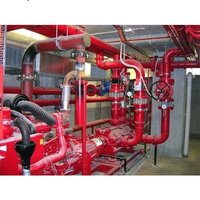



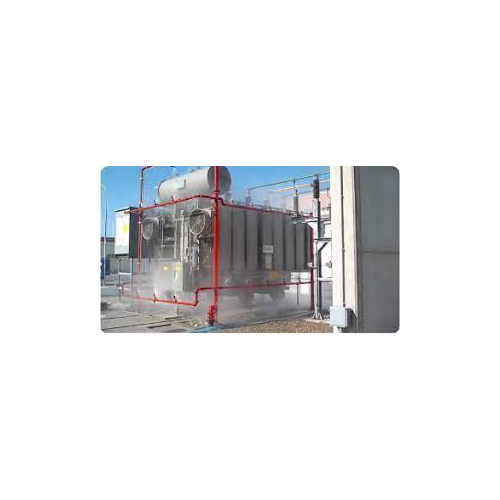
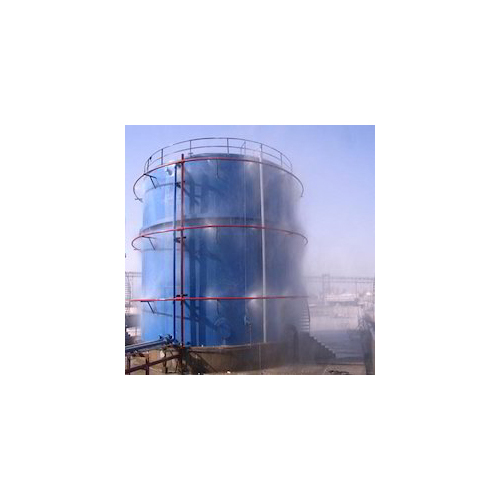
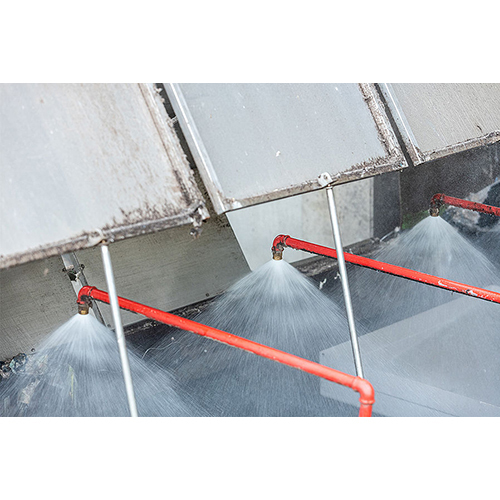
 Call Me Free
Call Me Free
 English
English Spanish
Spanish French
French German
German Italian
Italian Chinese (Simplified)
Chinese (Simplified) Japanese
Japanese Korean
Korean Arabic
Arabic Portuguese
Portuguese